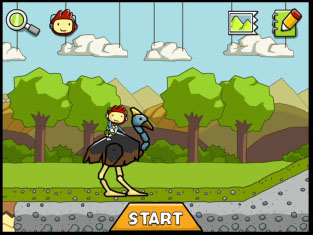Twitter Followers to See Launch of Juno Spacecraft
NASA has invited 150 followers of the agency’s Twitter account to a two-day launch Tweetup Aug. 4-5. The event is expected to culminate in the liftoff of the Jupiter-bound Juno spacecraft aboard an Atlas V rocket from the Cape Canaveral Air Force Station in Florida.
The launch window opens at 11:34 a.m. EDT on Friday, Aug. 5. The spacecraft is expected to arrive at Jupiter in 2016 to investigate the gas giant’s interior, atmosphere and aurora. Juno’s color camera will provide close-up images of Jupiter, including the first detailed glimpse of the planet’s poles.
Attendees represent 28 states, the District of Columbia and five other countries: Canada, Finland, Norway, Spain and the United Kingdom. NASA randomly selected the participants from more than 1,200 online applicants.
[ Also Read: The Rattrap Novel for Kids on Twitter ]Tweetup participants will share their Tweetup experiences with their followers through the social networking site Twitter.
Beginning at 10:30 a.m. on Thursday, Aug. 4, NASA will broadcast a portion of the Tweetup when participants get to talk with Waleed Abdalati, chief scientist at NASA Headquarters; Jim Adams, deputy director, Planetary Science, NASA Headquarters; Scott Bolton, Juno’s principal investigator; Steve Levin, Juno project scientist; Juno Science Team members Toby Owen, Fran Bagenal, and Dave Stevenson; Steve Matousek, Juno proposal manager; Jan Chodas, Juno project manager; and Chris Brosious, chief systems engineer for Juno at Lockheed Martin. To watch the broadcast, visit: http://www.ustream.tv/channel/nasatelevision
Participants also will tour NASA’s Kennedy Space Center and Cape Canaveral, including a close-up visit to the launch pad.
This is the first time NASA has invited Twitter followers to experience the launch of a planetary spacecraft. Previously, NASA invited groups to attend five space shuttle launches: Atlantis’ STS-129, STS-132 and STS-135 missions, Discovery’s STS-133 mission, and Endeavour’s STS-134 mission.
Photo courtesy: NASA






